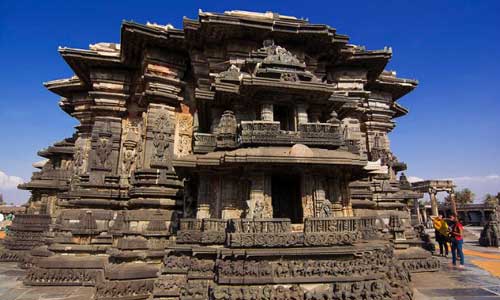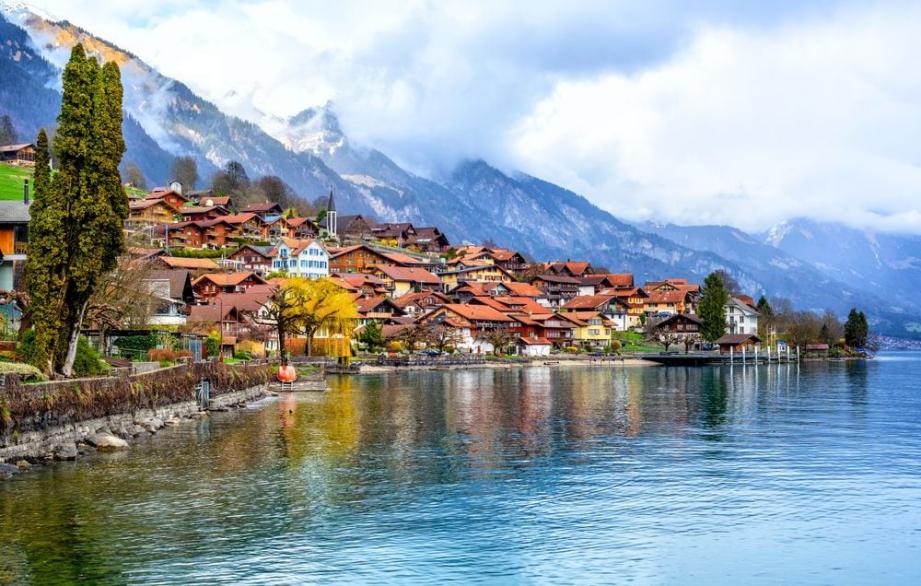The Shantaleswara Temple, located in the state of Karnataka (now in India), is evidence of the architectural skill and artistry that is synonymous with the Hoysala Empire. The majestic temple of the ancients of India boasts intricate carvings, remarkable sculptures, and significant historical importance.

We shall tour the Shantaleswara temple, its history, and art, as well as offer vital information on how to get there, when to be there and tips for a wonderful experience.
Historical Background
Shantaleswara Temple is a 12th-century temple built by King Vishnuvardhana of the Hoysala Empire for lord Shiva. Shanthala was the name of the queen who made great contributions towards the establishment of the temple, and hence, it got this name. This was when the Hoysala dynasty was on top and flourishing. Its compound includes both the Chennakesava Temple, devoted to Lord Vishnu, and the Kappe Chennigaraya Temple. The Hoysala architecture is illustrated by these three temples.
Architectural Marvel
Shantaleswara Temple has been constructed in Hoysala's art style, which is an architectural marvel. The temple has a raised platform, and it is dedicated to Lord Shiva. Here are some remarkable features that make this temple a must-visit for history and architecture enthusiasts:
Ornate Carvings: The exterior walls of the temple are covered with beautiful motifs illustrating various religious scenes, divinities, and spiritual creatures. The degree of elaboration in these sculptures is amazing.
Star-Shaped Platform: The temple is built on a star-shaped platform known as a jagati. The star-shaped platform is a distinctive feature of Hoysala architecture.
Sculptures of Deities: A jagati is a star-shaped platform upon which the temple is built. The unique characteristic of Hoysala architecture is the star-shaped platform.
Pillared Hall (Mantapa): There is also an open pillared hall in the temple, which serves as a great place for worshipers and tourists to admire the wonderful architectural structure. Lotus motifs are exquisitely engraved on the roof above.
Nandi (Bull) Sculpture: In front of the temple is a tall carving of Nandi representing Lord Shiva's vahana. The greatness associated with this Nandi statue has made it one of the most popular statues today, especially due to its lifelike attributes.
How to Reach Shantaleswara Temple
Shantaleswara temple is in Belur, which can be accessed by air, roads as well and railways, making it accessible enough.
By Air
It is only about forty kilometres away and lies next to the Hassan Airport. One can take either a taxi or a bus to travel to this airport and later head to Shantaleswara Temple for further convenience. The relatively short distance makes one's entry into the calm atmosphere of the temple easier than that offered by conventional air traffic.
By Train
The Hasan Junction is a railway station that is closer to Belur, which makes it the best transport centre linking other towns and states. Travellers can use taxis or buses that ply a distance of about 30km from Hassan up to Shantaleswara temple. Such means of transport are appropriate mainly for budget-conscious travellers who would otherwise opt for train travel.
By Road
It is well connected by roads, having a network of both national and state highways, which make it accessible. There is a good road network to Mysore, Mangalore and Bangalore. On the other hand, there are public bus services one may use to go to Belur from other towns in India.
Best Time to Visit
It is possible to visit Belur at any time of the year because of its temperate climate. However, to make the most of your trip and avoid extreme weather conditions, consider the following recommendations:
Winter (November to February): This is the busiest period when one visits Belur, as it is neither hot nor cold. There are variations between 15 and 28 °C, thus enabling a tour of the temple surroundings.
Monsoon (June to September): Monsoon is a great time to go there if you have no objection to occasional rains. The area is full of greenery, and showers can occur at times.
Summer (March to May): During the summer, there is much heat and no rain, with a mean temperature ranging from 23°C to 36°C. However, do not forget to carry your sunscreen with you if you visit the place during this period because it gets scorching hot as well.
Tips for a Memorable Visit
Respect the Temple Rules: When visiting the temple, be mindful of the rules and customs. Put off your footwear before stepping into the temple, and ensure that you are decently dressed by covering your shoulders and knees.
Guided Tours: Remember to follow the norms and etiquette when at the temple. Remember, while entering the temple, remove your shoes and wear proper clothes covering your shoulders and knees.
Photography: It is possible to take pictures outside the temple, but you need to ask permission before photographing inside the temple.
Local Cuisine: Do not miss the taste of authentic local food in Belur. Eat traditional Karnataka cuisine, particularly authentic South Indian breakfast delicacies such as idli, dosa, and filter coffee.
Nearby Attractions: As such, while in Belur, it is possible to visit other attractions near the city, such as the Chennakesava temple at the same complex, the Hoysaleswara temple in Halebidu and the Jain shrine of Shiravanabelagala.

Shop for Souvenirs: Remember to go shopping for souvenirs like sandalwood and rosewood artefacts, silk sarees, and local handicrafts.
Conclusion
The Shantaleswara Temple in Belur is one priceless inheritance that represents the beauty of Indian tradition as well as the marvellous workmanship and architectural skills of the Hoysala kings. The visit to this temple is an eye-opener to ancient events as it also affords peace of mind and spirit. However, by visiting at the appropriate times while observing the tips that have been discussed above, your travel experience will be truly wonderful.

Juliana Daniel Oct 18, 2023
Coco Bodu Hithi Maldives Resort: Where Paradise Meets Luxury

Juliana Daniel Oct 25, 2023
Cycle To The Highs And Lows Of Madhya Pradesh This Season

Juliana Daniel Apr 25, 2023
How can i travel cheap on the weekends?

Juliana Daniel Oct 27, 2023
Houseboat Cruise Goa 2023

Daniel Jackson Aug 01, 2023
Best Things To Do In Hyderabad

Juliana Daniel May 22, 2023
How To Visit Napa Valley On A Budget

Juliana Daniel Sep 29, 2023
Best Places To Visit Near London: An Ultimate Guide For Travellers

Sean William Sep 22, 2023